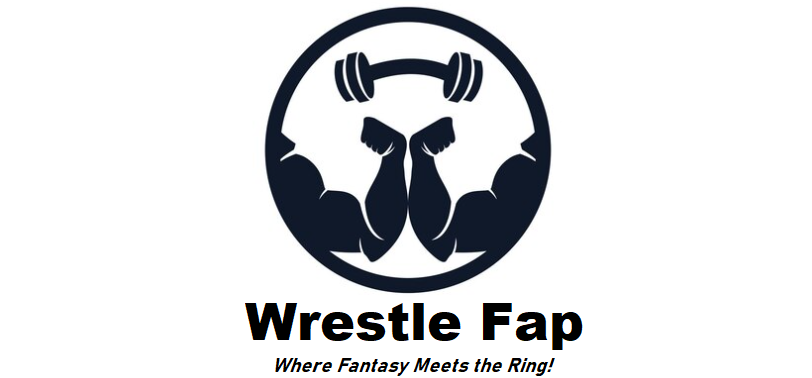What Are the Key Challenges in Modern Electronics Sourcing?
In today’s fast-paced and globalized technology landscape, electronics sourcing has become a critical function for manufacturers, engineers, and supply chain professionals. While digital tools and global networks have made sourcing more efficient in many ways, the process also faces complex challenges that can disrupt production timelines, increase costs, and impact product quality. Understanding these challenges is vital for navigating the modern electronics market and building a resilient supply chain.
The growing demand for high-performance electronic devices, rapid innovation cycles, and ongoing supply chain volatility have placed increasing pressure on sourcing professionals. From component shortages to quality assurance concerns, modern electronics sourcing is full of obstacles that require strategic thinking, trusted partnerships, and flexible operations.
Global Supply Chain Disruptions
One of the most significant challenges in electronics sourcing is the instability of global supply chains. Events such as the COVID-19 pandemic, geopolitical tensions, and natural disasters have revealed the vulnerabilities of international trade routes. Even a minor delay in shipping or customs clearance can cause severe disruptions for manufacturers relying on just-in-time inventory.
As the grounding for many consumer electronics, the electronics sector presents a paradoxical reality as a destabilizing element and as a feasible means for stabilization. This truth is particularly applicable to semiconductors that are produced in Asia and are, along with rare earth elements components, sourced only from a few global resources. The dependence on these has turned electronics into a field of balancing risk management with contingency measures.
The global chip shortage that is ongoing at the moment is a great example of the common perceived problem in electronics sourcing, that is, frequent depletion of fundamental components. This problem affected many industries, including consumer electronics products and cars. The increase of scarce components results in extension from short weeks to a few months or even longer.
Sourcing professionals must be able not only to accurately predict demand but also to form partnerships with various suppliers to ensure the necessary inventory is in possession. The need for the flexibility of vendor selection and additional part alternatives is unprecedented, and outsourcing related to the favorable outcome demands the foresight of the market and supply risks.
Quality Assurance and Counterfeit Components
Component authenticity is turning into a critical challenge of today’s electronics sourcing. When the demand rises and the stock tightens up, the counterfeit or substandard components run out of the supply chain risk beyond the odds. These artifacts are the reason for device failures, security, and moral damages for the manufacturers.
Adopting this solution, enterprises should collaborate strictly with suppliers who provide full traceability, test reports, and certificates for all the items. Quality assurance is intensively than receiving the right part; it is ensuring the correct part is genuine and operates as specified. The difficult but sustainable electronics sourcing depends on transparent practices and strict verification protocols.
Rapid Technological Advancements
The electronic sector is continually marked by innovation and the fickleness of product cycles. Some of the components that are current and avant-garde might become outdated in just a couple of years. This challenge is intensified with procurement teams who not only should be buying current-generation parts but who also must be futuristic.
Lifecycle management, end-of-life notifications, and compatibility assessments are crucial aspects of sourcing strategy. Failing to consider the future availability of components can lead to redesigns, costly last-time buys, or production halts. Effective electronics sourcing requires alignment with engineering teams to anticipate and manage these transitions.
Regulatory and Compliance Requirements
Modern electronics sourcing must also navigate a complex landscape of international regulations and compliance standards. These include environmental directives such as RoHS (Restriction of Hazardous Substances), REACH (Registration, Evaluation, Authorisation, and Restriction of Chemicals), and conflict mineral reporting.
There should be enough documentation to be presented by suppliers in order to prove that they are compliant. The lack of compliance can lead to legal consequences, product recalls, or even exclusion from specific markets. Sourcing experts need to stay alert to the alteration of the regulations and work with suppliers who also pay attention to them.
Cybersecurity and Data Protection
With increased digitization in the procurement process, cybersecurity has become an emerging concern in electronics sourcing. Sensitive data about product specifications, supplier relationships, and pricing strategies is increasingly stored and transferred online. This makes sourcing operations potential targets for cyberattacks or data breaches.
Aside from employing digital infrastructure to mitigate the risks of cybersecurity threats, companies are also tasked with dealing with overzealous suppliers. Reliance on a supplier has turned a corner where it now stretches to the security of digital property and intellectual property, besides the quality of the tangible product.
Conclusion
In recent decades, the sourcing of electronic components has changed from a visit to the local store to a process handled over the Internet. In the meantime, companies have also had to adjust to global politics and environmental issues that have arisen due to the increasing complexity of these components.
Supply chain problems such as component shortages, counterfeit parts, and regulatory demands have been the subject of many sourcing professionals’ work during the modern era.
Smooth and uninterrupted electronic sourcing has to be characterized by not only external but also independent factors, e.g., low-cost supplier collaboration, proactive forecasting, thorough quality assessment, as well as commitment to flexibility and compliance. If the sector remains on the path of evolution, those who embrace the change in sourcing policies will best cope with the strain, sustain their edge, and expand.



